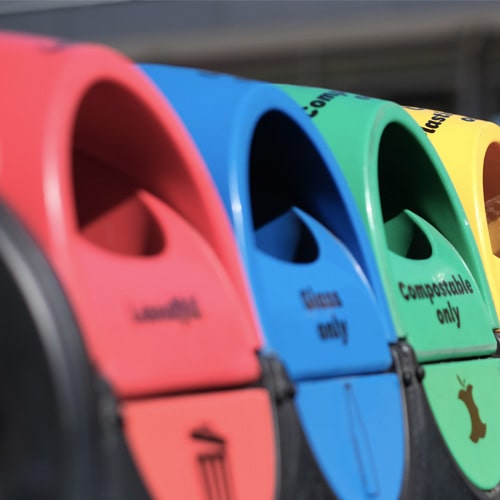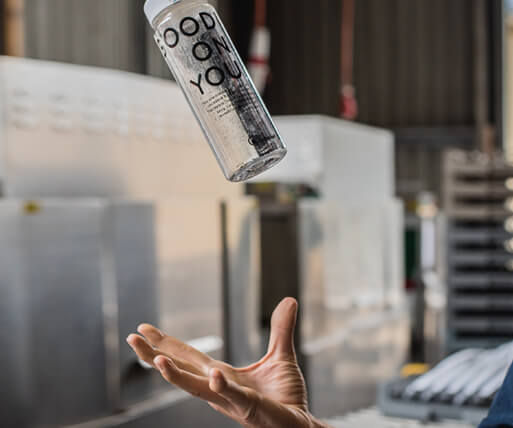Right to Repair Bill a good start, but lacks vital detail
New Zealanders have an opportunity to reassess their relationship with electrical goods.
In rethinking e-waste, and how we deal with it, businesses have a golden opportunity to deliver on both sustainability goals and consumer expectations. And the Consumer Guarantees (Right to Repair) Amendment Bill has a part to play.
Every year New Zealanders produce a whopping 20 kilograms of e-waste each. This includes items like fridges, TVs, computers, and even toasters. If it has a plug, it’s considered e-waste. That staggeringly high waste volume is partly why e-waste has been identified as a priority product.
In rethinking e-waste, and how we deal with it, electrical goods businesses can deliver on both sustainability goals and consumer expectations. And regulations, like Hon Marama Davidson’s proposed Consumer Guarantees (Right to Repair) Amendment Bill, give businesses a golden opportunity to rethink their business models with product lifespan and repairability in mind.
There are great examples overseas of repairability regulation leading to business innovation – where instead of supplying a product, businesses switched to product-as-a-service. What does that mean in practicality? For example, in the Netherlands, Signify offer lighting-as-a-service. So, instead of buying lightbulbs, their commercial and public sector customers have Signify operate and maintain their lighting systems for a monthly service fee ‘for light’. In doing this, producers maintain close control of their waste streams and can ensure their products don’t end up in landfill. We would love to see this type of circular thinking in action here in Aotearoa.
Circular economy in action
The proposed Bill is perfectly timed to feed into the future e-waste product stewardship scheme, which should support more innovative, and sustainable, business models. However, any compulsory product stewardship scheme is only as effective as the regulation and legislation which bind and support it. In the case of e-waste, the Consumer Guarantees (Right to Repair) Amendment Bill could be a key part of legislation which determines the success of any future e-waste product stewardship scheme.
So, how can this deliver on circular economy principles to ensure excellent product stewardship?
The good news is that the proposed Bill seems to have the circular economy principle of keeping products in circulation for as long as possible at its heart.
Enabling repair, rather than replacement, will ensure our electrical goods are kept in use for as long as possible – reducing emissions from the transport and production of goods, and waste at the end of their lives.
What’s changing?
Under the current Consumer Guarantees Act suppliers can opt out of a repair, choosing instead to provide a replacement for faulty goods. The result is that many items with minor repairable defects make their way to landfill. The proposed amendment seeks to address that, requiring the manufacturer to provide the information, spare parts, and tools necessary to diagnose, maintain, or repair goods when requested by the consumer.
It’s heartening and a great start to see this kind of thinking being considered by our Government – especially given it took considerable public and shareholder pressure before Apple agreed to supply spare parts to a repair network.
What’s missing?
The proposed amendment has details which are left open to interpretation. In Section 12, it states ‘there is a guarantee that a manufacturer will take reasonable action to ensure that facilities for repair of the goods and supply of parts for the goods are reasonably available for a reasonable period after the goods are supplied’.
That’s a lot riding on one little word – reasonable. That word, and what is meant by it, is not clearly defined anywhere in the Bill. And what may seem reasonable to manufacturers may not be reasonable to consumers. This is where legally defined lifespans for products, which is commonplace in the UK and Europe, would come in handy. Consumer NZ has already developed estimated life expectancies for washing machines (10 years), dryers (10-11 years), dishwashers (9-10 years), fridges and freezers (10-11 years), ovens and stoves (13-15 years), TVs (7-8 years), microwaves (8 years) and laptops (5 years), which could easily be enshrined in the law.
The vagueness of ‘reasonable’ crops up again when it comes to repair timeframes in Section 19A – ‘the supplier must repair the goods within a reasonable timeframe’. The supplier may deem 20 working days a reasonable timeframe, but if you’ve got a faulty washing machine and a house full of kids, four weeks without a washing machine would be a nightmare.
Also missing in the proposed Bill is any clarity around labelling so consumers know their goods are repairable before they buy them. At present, this information is often buried at the back of the user manual. That’s why Consumer is calling for mandatory repairability labelling, alongside the changes proposed in the Bill. This would empower us all to make better choices when buying products, ensuring when we spend our hard-earned cash, it’s on items we know will be used for as long as possible. Not to mention, mandatory repairability labelling is already common across the European Union.
What’s next?
It’s heartening to see legislation put forward which has the circular economy at its heart. It’s a great step forward for all of us in reducing our collective e-waste volumes. But the strength of our national product stewardship scheme for e-waste relies on the robustness of its legislation and regulation and, consequently, its ability to hold producers to account for the waste they produce. Here’s hoping changes are made before the second reading to ensure this Bill is as strong as possible.
P.S. Don’t forget to make a submission on the proposed Bill once consultation opens!







